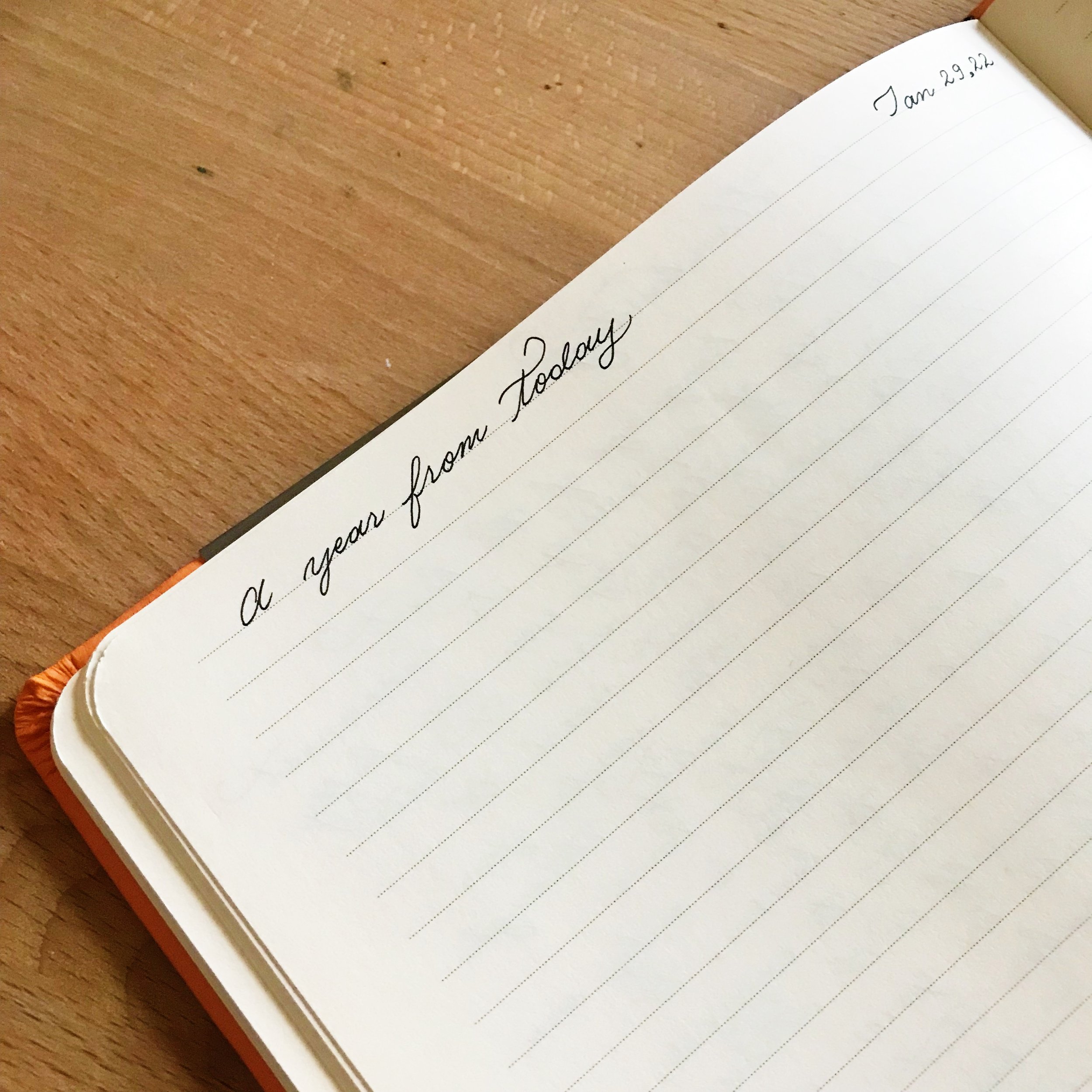Week 45: Trackers (The Bullet Journal Method Book Club)
/Hello Sunshine!
I realize Ryder calls this a “simple budget tracker,” but I would say it’s pretty sophisticated and perhaps a tad complicated to wrap your mind around. However, once you pay attention to the various parts and understand how they each work together, it makes sense how it all fits together. Just saying, in case you turn to page 267 and are immediately overwhelmed, fret not, this example is explained thoroughly on page 266. And remember: you are free to create what you need however it works for you. And hey, this example might just work for you as well.
Resources:
Buy The Bullet Journal Method.
Hardcover | Audiobook | Ebook | Bullet Journal Notebook
(I will make a small commission at zero extra cost to you if you purchase through these links. This helps keep Tiny Ray of Sunshine going, thank you for your support!)
This week’s behind the scenes:
Dee helped out in creating the lettering for this week’s section, yay! I’m so grateful, this has ended up saving me a lot of time. Thanks, Dee!
Trackers
Pages 265 - 268
Welcome to week 45 of The Bullet Journal Method Book Club!
Trackers are one of the most common type of Custom Collection in Bullet Journals. They can come in any form you can imagine. They’re an “example of how we can take larger goals and deconstruct them into smaller actionable steps…[and] to monitor progress toward an intended goal.”
Let’s create a simple budget tracker that serves two purposes. “First, it will allow us to group our priorities on one page so we can see how much the trip will cost us. Second, we can visually monitor our progress toward affording those activities.” Divide the Collection into three columns:
The first column is for activities. This is the expense portion.
The second column lists the total cost of the activity, which is then divided by however many months out the trip is. This helps you focus how much you need to save each month.
The third column is the tracker column. “If I happen to miss a month, I can mark that amount in the corresponding cell where I fell short. This allows us to quickly total the balance if necessary.” See page 267 for the example.
At the bottom is where you can total out the amount.
This layout provides an overview for the trip’s financials. It also allows you to see when you’ve fallen behind. “Things come up, and you may not have the cash one month. That’s really important to know. When you keep it all in your head it’s easy to lose an overview of your progress - or your lack thereof. By keeping a tracker, you’ll have a clear picture of where you actually are in the context of where you want to be.” This can keep you on track.
Using Collections to Form Context:
“Dedicated trackers can be used in conjunction with your Daily Logs to surface even more context. One allows you to measure, while the other can provide some much-needed insight.” Don’t get too caught up in only making progress and focusing only on the outcome. Valuable insights can surface during the process itself. “In order to make any true progress, you need to understand the effects of your efforts. You need to understand not only what is or is not working, but also why.” When you glean patterns or become aware of cause and effect, you can become more effective and make more progress.
Discussion:
Have you used trackers?
If so, what have you learned from them?
If not, what are your thoughts on trackers?
What did you think of this section?
Action List:
Create a “Hawaii Budget” Collection.
Divide the Collection into three columns: Expense (of the activities), Total/M (total cost divided by month to save up for the trip each month), Months (this is the actual tracker portion).
Create a Tracker of your choosing.
Update the Tracker and log any insights in your Daily Log.
Your thoughts:
Share your thoughts about this week’s topic in the comments below. Feel free to respond to this week’s discussion points.
You’re also welcome to discuss on social media: Facebook | Instagram | Reddit
< Go back to 44: Schedules
> Go to 46: Customization
- See all of the The Bullet Journal Method Book Club articles











